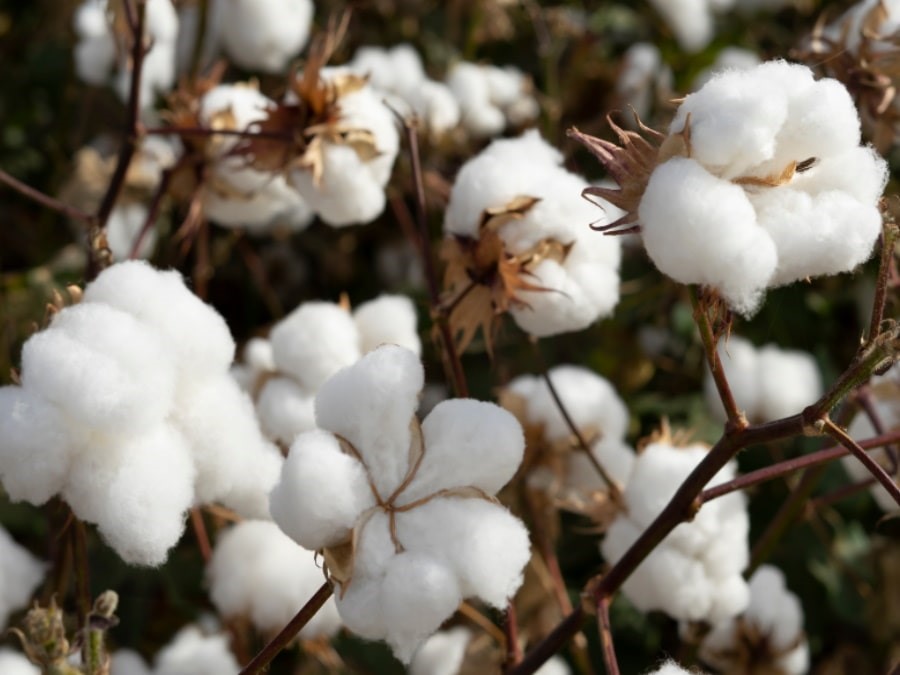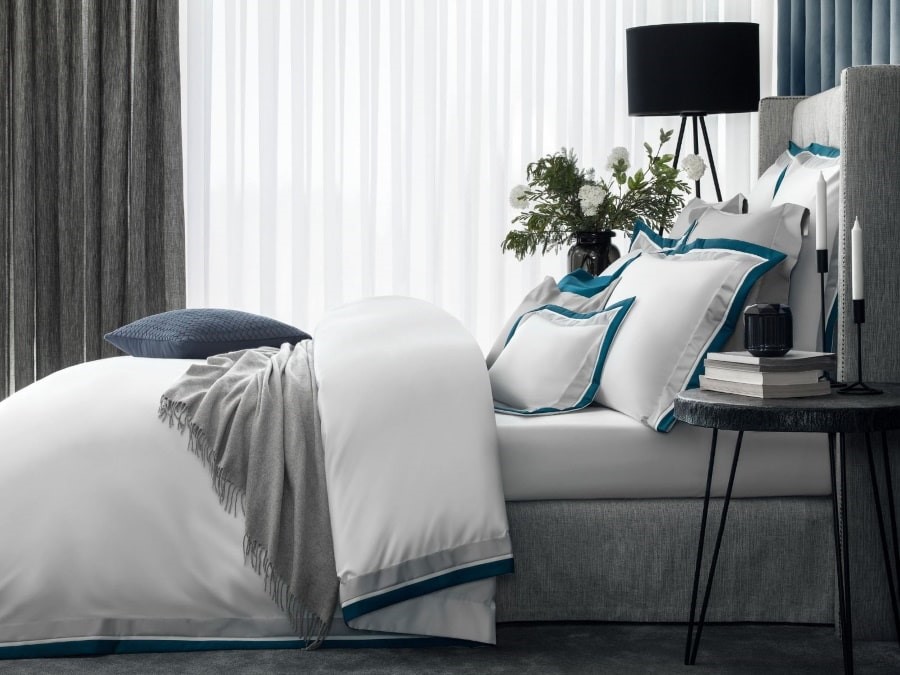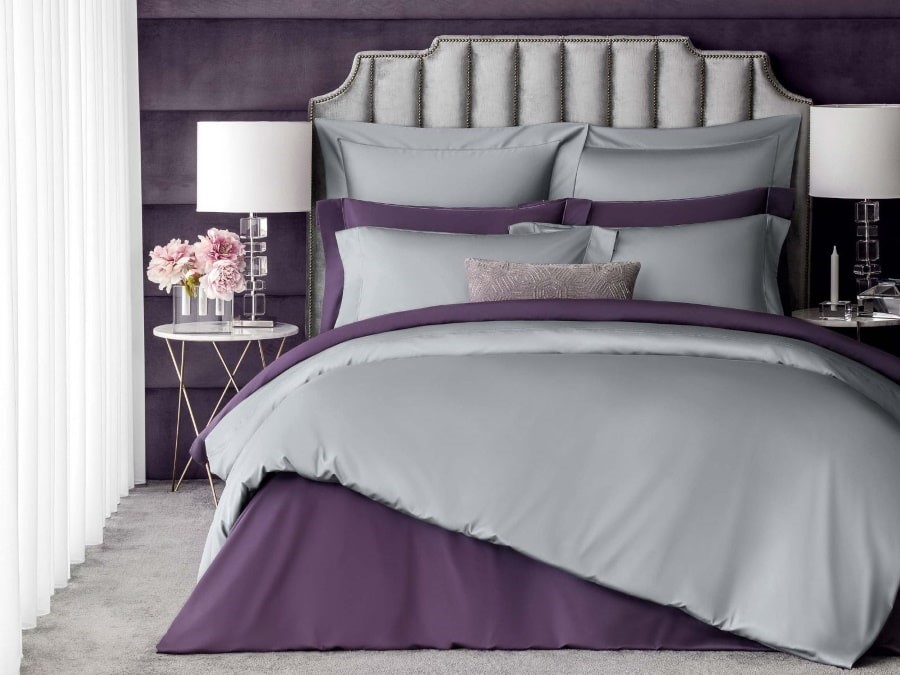Cotton textile. The best types of long stample cotton
Cotton bed linen, comfortable and soft clothes, bath towels, bedspreads and curtains, kitchen textiles... Cotton is all around us, this inexpensive and cozy fabric is our favorite one.
The remarkable properties of natural cotton have been known for centuries and it dates back to the 15th century BC. For the first time, people began to breed cotton and make matter from it in India and Persia. These were fabrics that perfectly absorbed moisture, protected from the scorching heat and were tactilely pleasant. The abundance of natural dyes and the ability to create bright, attractive garments soon made cotton a popular trade item, spreading the fabric throughout Asia and Europe.
These snow-white dies give us the opportunity to create a wonderful natural material with a lot of advantages. Cotton textile perfectly absorbs moisture, it «breathes», comfortable and inexpensive in comparison, for example, with natural silk.

Types of cotton
What is cotton? How to understand what we are buying, what quality of textiles? Its types differ in the length of the fibers in the boxes and, accordingly, in the fabrics that are made from them. The best varieties have very long fibers, this is a long-staple cotton. Here are the best ones:
Rare type Sea Island
This expensive cotton is grown in the Caribbean. Sea Island is the rarest type of long-staple cotton in the world, the length of its fibers is about 50 mm. It likes humidity and hot weather, and also requires careful care, difficult to grow. However, when properly harvested, Sea Island exhibits an astonishing level of softness and strength in a fabric that resembles silk. Sea Island is a protected trademark, raw materials are inspected by a special organization and only certified as Sea Island Cotton. Textiles made from this cotton are valuable and rare. Its market share is less than 1%.

Type “Pima”
This American cotton has the longest fibers, about 50% longer than regular varieties. What does it give? Much more durable textiles are obtained from such fibers. At the same time, the fabric, in which there are no short fibers and fine fluff, is always softer, silkier.
This rare type grows mainly in the southwestern United States. Cotton is harvested exclusively by hand, so as not to damage its delicate structure. Pima is a valuable material, its share in the world production of cotton textiles is small and reaches only a few percent. The fabric is smooth and silky. It is stronger than ordinary cotton textiles. Linen made from this cotton belongs to premium home textiles.
The Togas collection has a Pallada line. This bed linen is made of Pima cotton. Satin weaving threads, a rare type of cotton fibers and a high density of fabric — and as a result, the sets impress with their beauty, brilliance and softness. Items from the Pallada collection will last for many years without losing their original appearance.

Egyptian cotton
Egyptian varieties (such as Giza) are also valuable long-staple varieties. The length of the fibers of these species is about 40 mm. Initially, this long-staple cotton was grown in the Nile Delta, where the climate was most suitable for its growth. The Delta is rich in nutrients and has high humidity, which is important for this plant. Presumably, cotton was brought to Egypt from India.
The famous Egyptian long-grain cotton (not to be confused with the common varieties grown in Egypt) produces a soft and delicate, but at the same time dense matter with a slight sheen. It is also used to produce high quality satin underwear and other premium textiles.

The Togas collection has many models made from the best varieties of cotton. This is a high-density bed linen with a complex satin weave. Satin from long fibers of cotton is a special textile, soft, delicate and durable.

